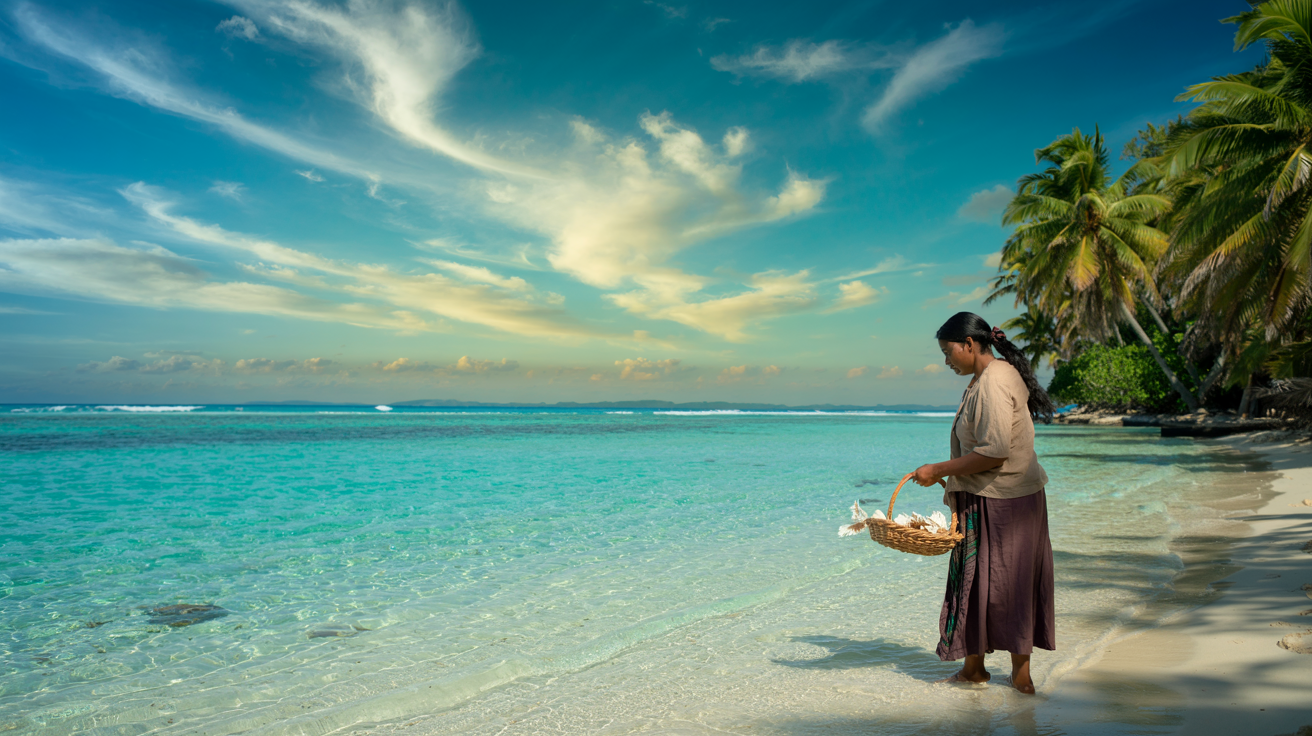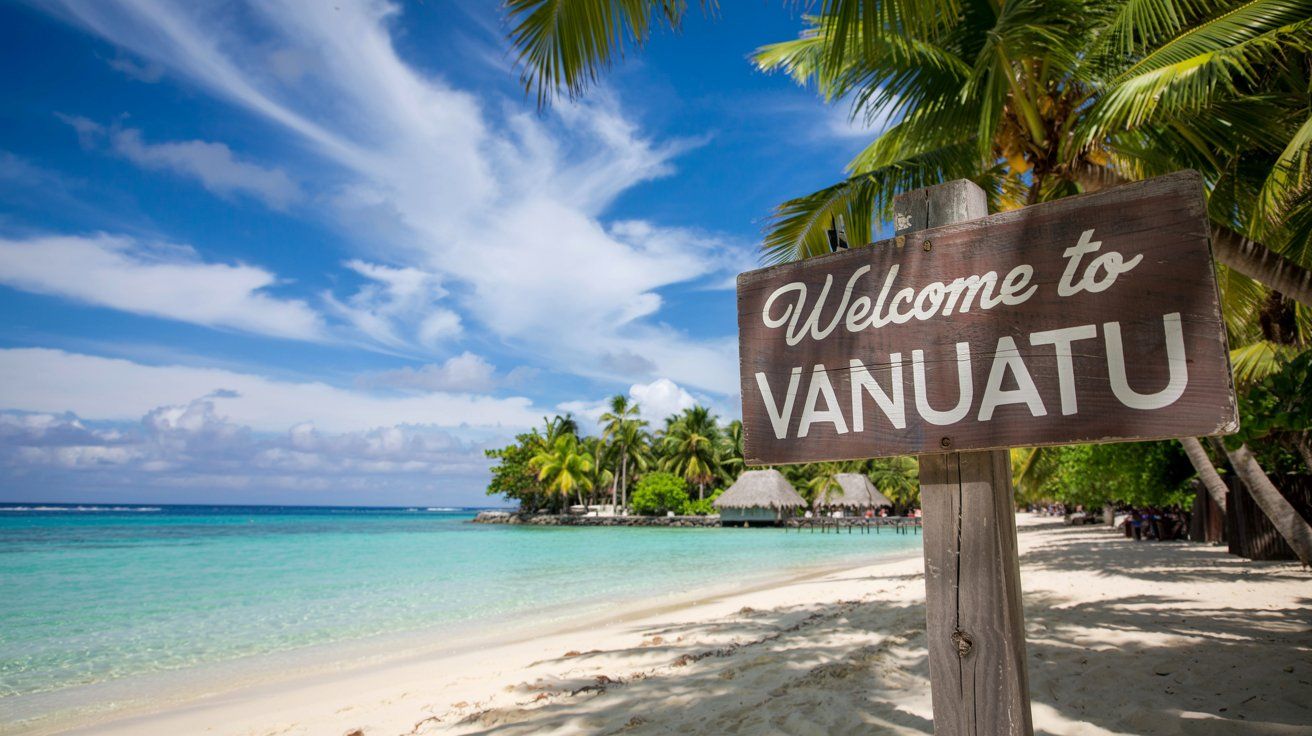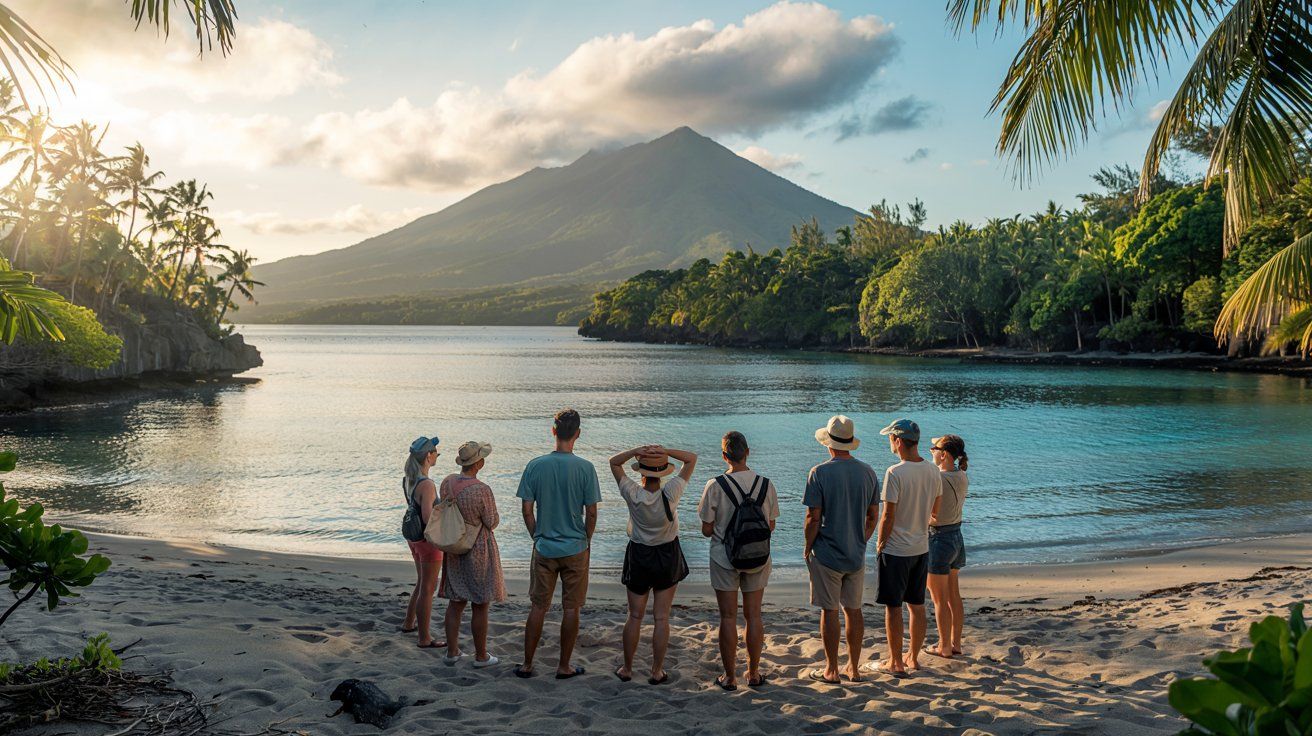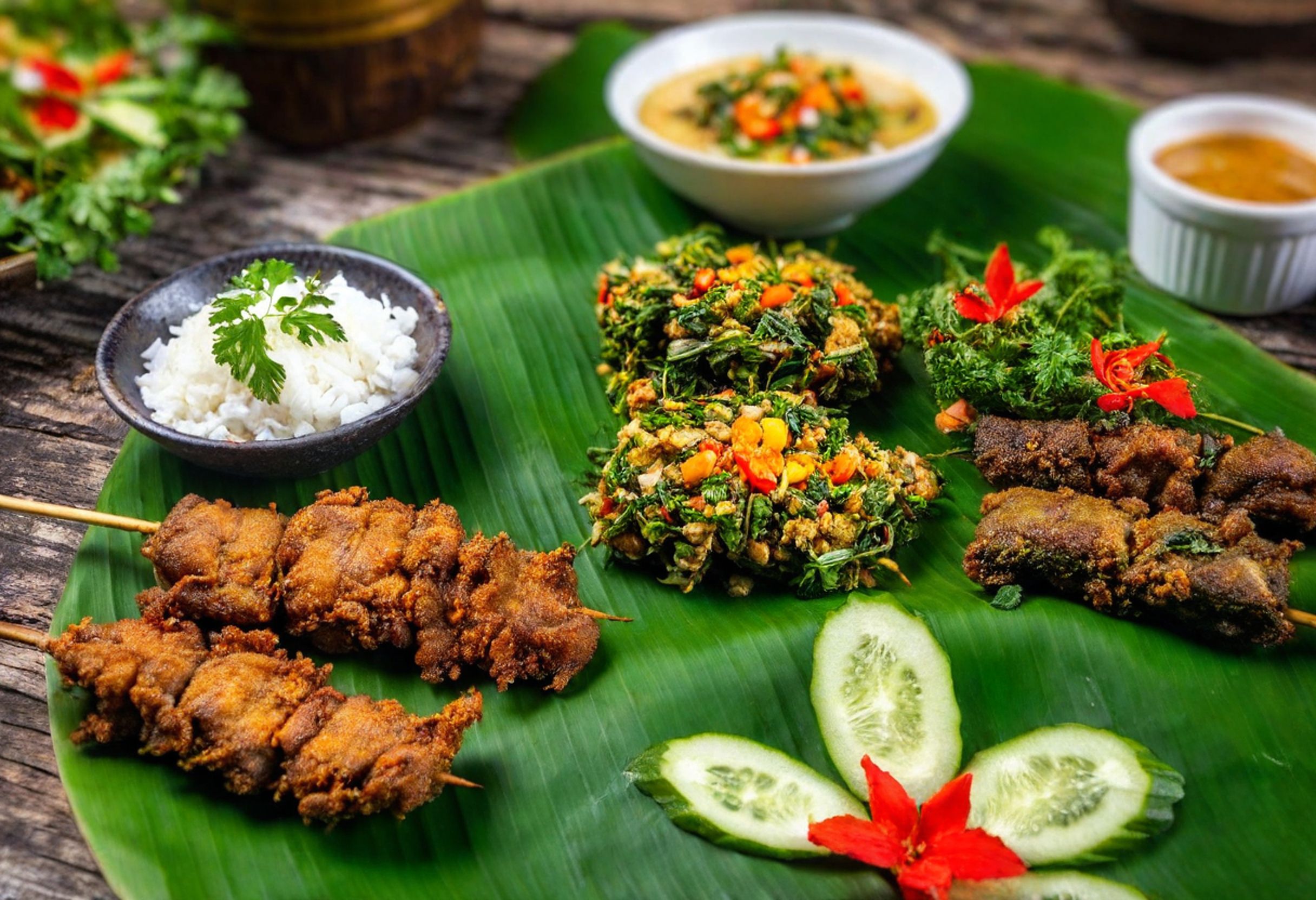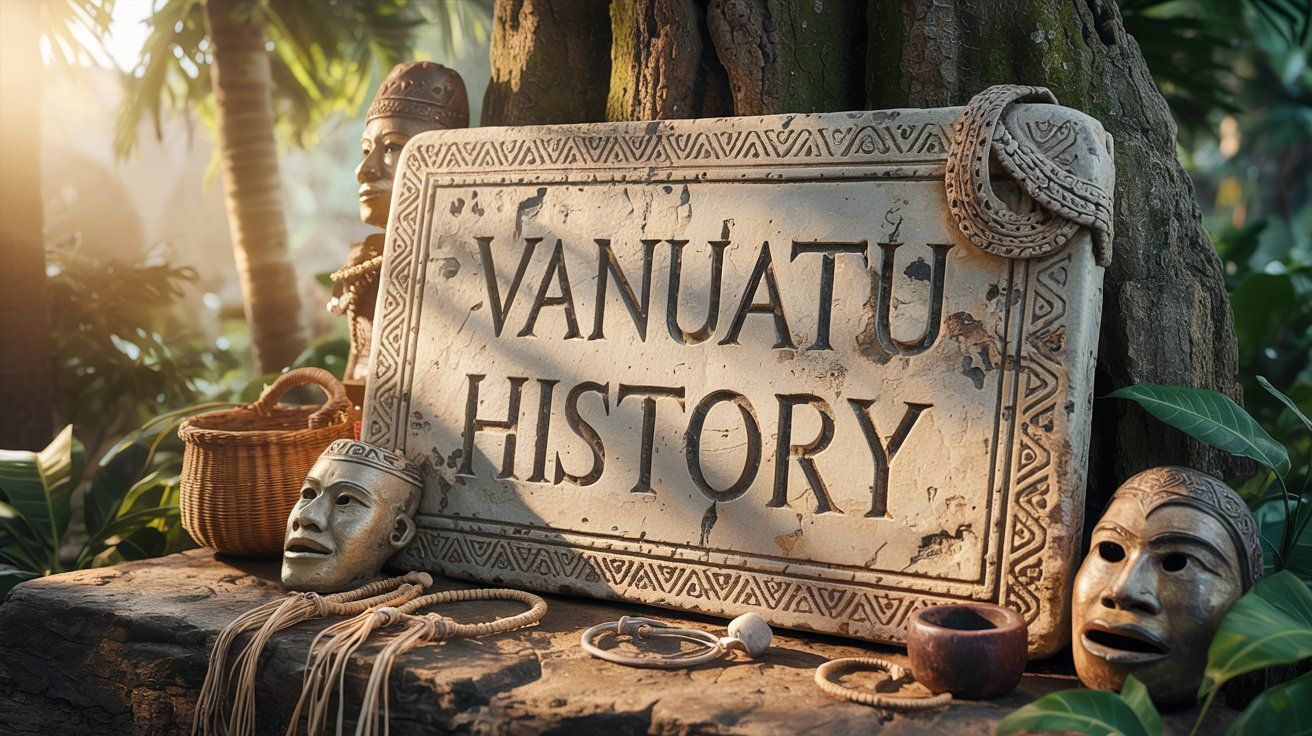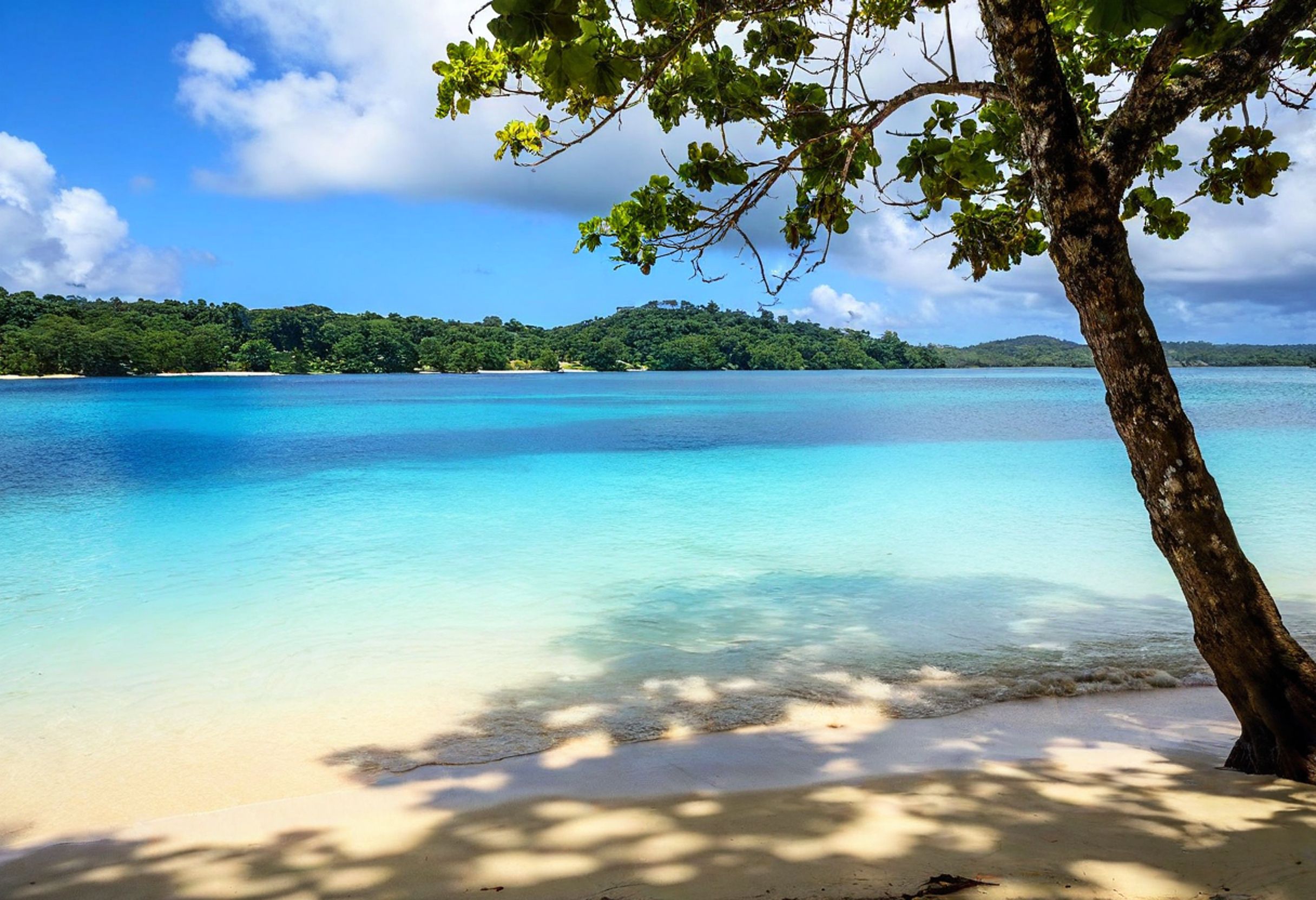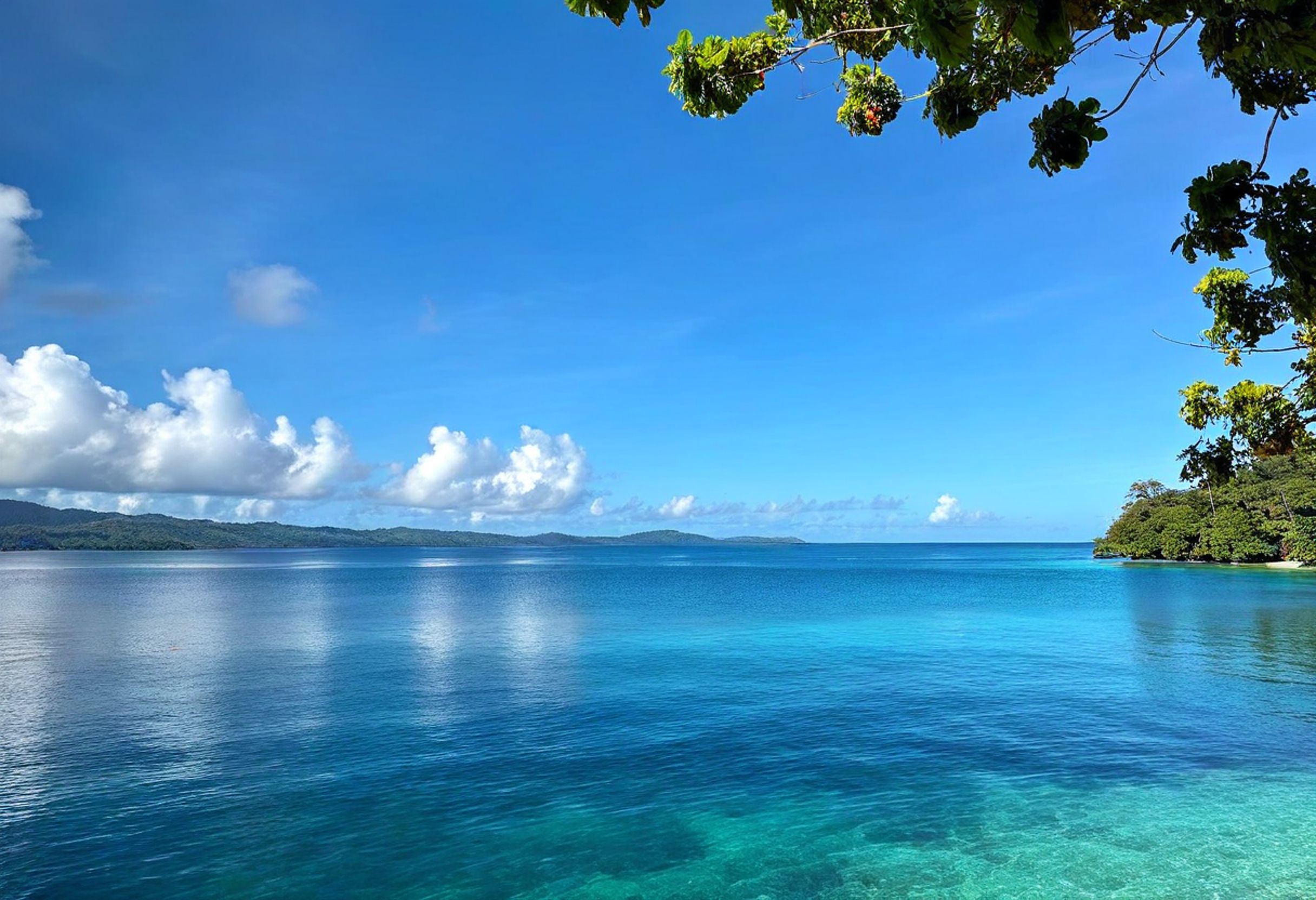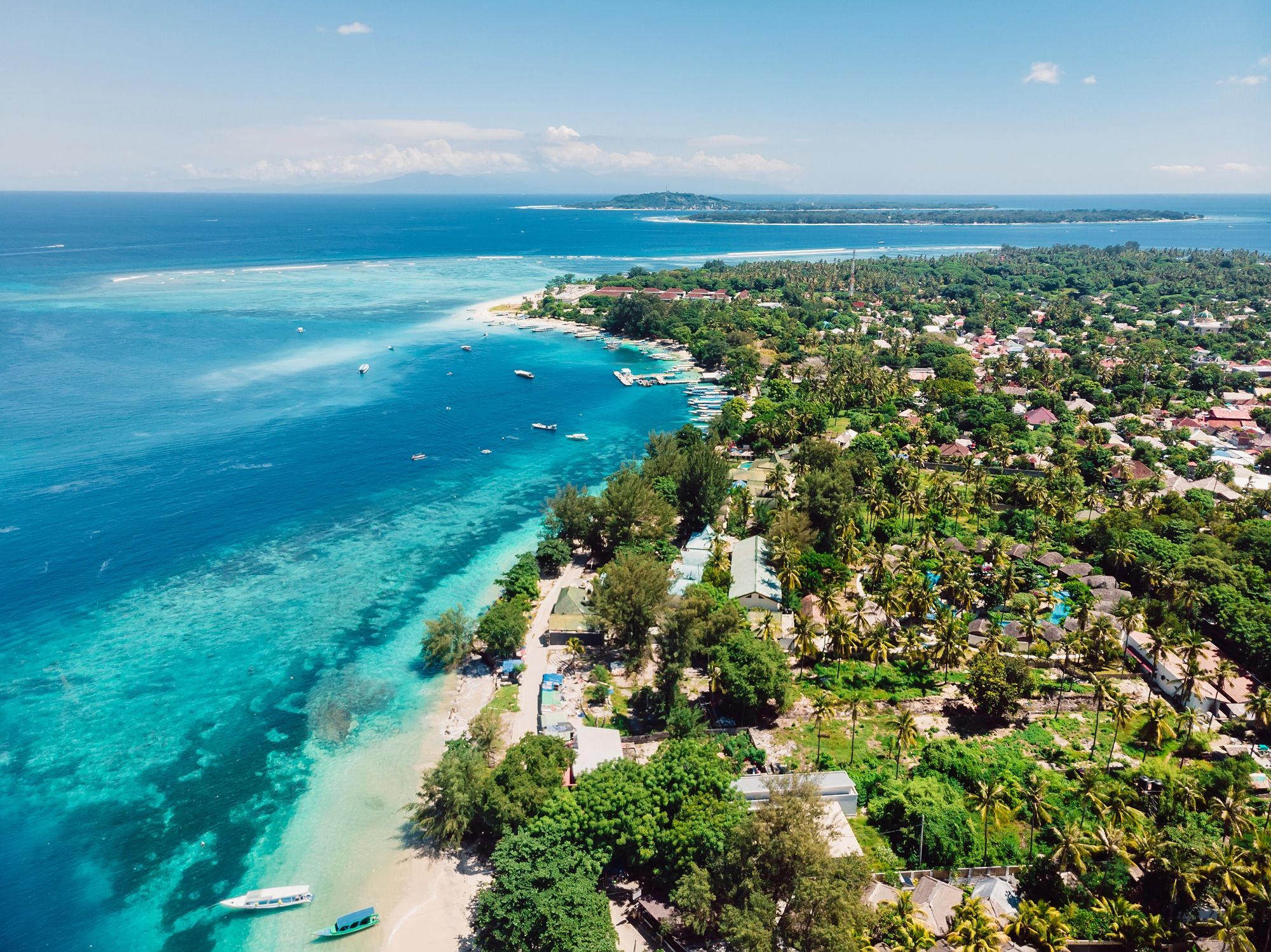The Pacific Islands Heritage Marine National Monument, once celebrated for its vast marine biodiversity and cultural importance, has now been opened to industrial fishing following a proclamation by former U.S. President Donald Trump on April 18, 2025.
This controversial move reduces protections for one of the world’s largest marine protected areas, exposing an expanse of over 408,000 square miles of ocean to commercial exploitation.
From overwater bungalows to beachfront resorts, find your perfect stay in this island nation of more than 80 islands. Instant booking with best price guarantee!
Browse Accommodations Now
While industrial fishing groups champion the decision, it has sparked intense opposition from Indigenous Pacific Islanders, environmental organizations, and conservation advocates worldwide.
Understanding the Pacific Islands Heritage Marine National Monument
Established in 2009 by President George W. Bush, and later expanded in 2014, the Pacific Islands Heritage Marine National Monument has served as a critical sanctuary for endangered marine life and fragile ecosystems.
Encompassing seven islands and atolls, the monument has provided a haven for countless marine species, ensuring ecological balance and biodiversity in the region.
The protected area was also instrumental in supporting international scientific research and conservation efforts.
The Move to Scale Back Protections
Trump’s 2025 decision to allow industrial fishing signals a drastic rollback of these protections.
The change reduces the no-fishing buffer from 50 to 200 nautical miles, creating access for commercial fleets that use large fishing vessels and industrial methods.
This shift directly impacts marine habitats that have thrived under protected conditions for over a decade.
Supporters of the move, such as the Hawaii Longline Association, argue that it levels the playing field for U.S. fishing vessels competing with foreign operators in nearby international waters.
They contend that the opening of these waters offers economic relief, enabling greater domestic seafood production.
Opposition from Conservationists and Indigenous Communities
The reversal of protections has ignited backlash from Indigenous Pacific Islanders, for whom the monument holds not only ecological but also deep cultural relevance.
Solomon Kahoʻohalahala of the Pacific Islands Heritage Coalition has underscored the significance of the area as a cornerstone of ancestral traditions and practices.
Environmental Concerns and the Role of Science
Environmentalists warn of the potential ecological disaster this policy change could trigger.
Industrial fishing often relies on methods such as deep-sea trawling and longlining, which can inadvertently entangle endangered species like sea turtles and humpback whales.
Additionally, such practices pose a severe threat to oceanic food webs, potentially disrupting ecosystems that have taken millennia to stabilize.
Studies have shown that marine sanctuaries, including the Pacific Islands Heritage Marine National Monument, benefit local fisheries through the *spillover effect*.
This phenomenon allows fish populations to grow inside protected zones, eventually spilling over into surrounding areas where fishing is permitted.
A recent study even indicated that catches by the Hawaii-based longline industry grew following the monument’s 2014 expansion—a testament to the value of protected zones for sustainable fisheries.
Looking Toward the Future
In response to this decision, the Pacific Islands Heritage Coalition and conservation groups have launched petitions and organized grassroot efforts to restore full protections to the monument.
Volunteer campaigns are mobilizing to raise awareness about the ecological and cultural losses that could result from industrial exploitation.
The Connection to Vanuatu and Marine Conservation
The controversy surrounding the Pacific Islands Heritage Marine National Monument serves as a powerful reminder of the importance of protected marine reserves across the Pacific. For travelers visiting Vanuatu—a country with its own stunning marine sanctuaries, such as the Nguna-Pele Marine Protected Area—this story is a call to action.
It highlights the need to support and partake in sustainable tourism initiatives that respect both the environment and local communities. Vanuatu’s pristine coral reefs, diverse marine life, and community-based conservation programs stand as a beacon of hope for the Pacific region.
Visitors can explore these underwater treasures through eco-conscious activities like snorkeling, scuba diving, and educational visits. By choosing sustainable travel, you can contribute to the ongoing preservation of Vanuatu’s natural and cultural heritage.
Here is the source article for this story: Trump opens the Pacific Islands Heritage Marine National Monument to industrial fishing after 16 years of protection
Find available hotels and vacation homes instantly. No fees, best rates guaranteed!
Check Availability Now

